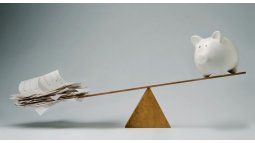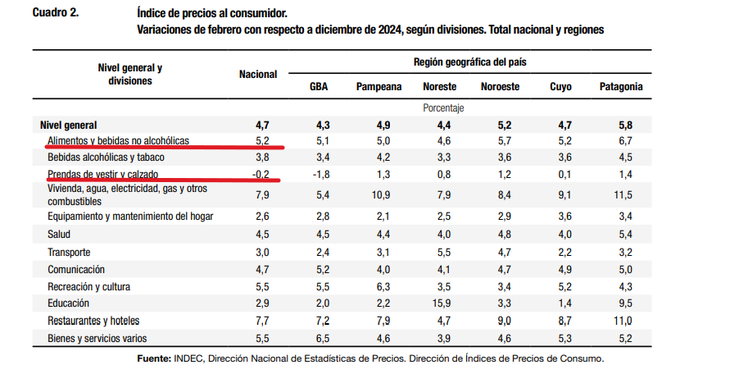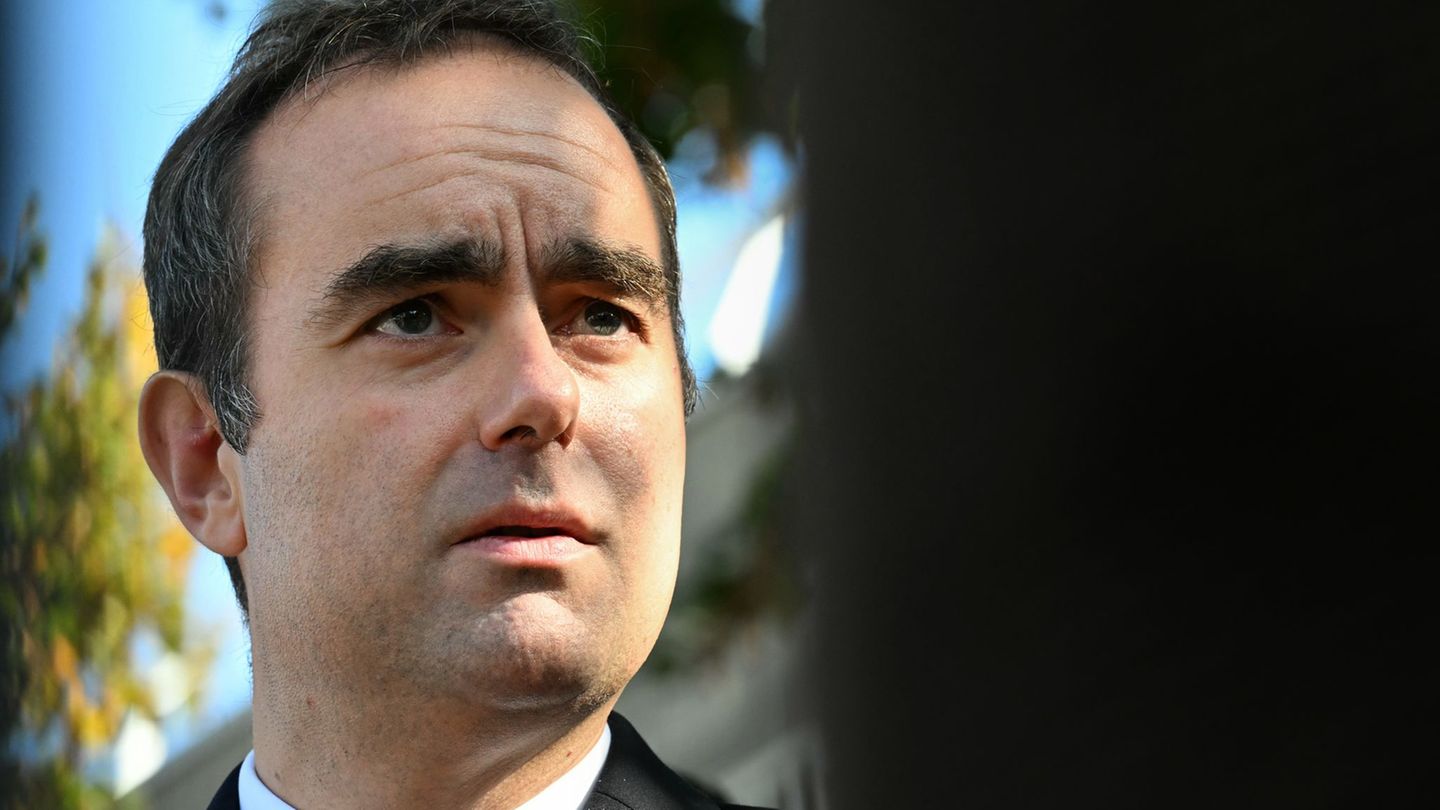The Treasury Palace maintains the policy of trying to force the decline in internal prices facilitating the entry of consumer merchandise from abroad. Last month inflation rose 0.2 points compared to January reaching 2.4%. The clothing falls 0.2% in the bimester.
After it was known that the consumer price index February rose 0.2 points Regarding January, reaching 2.4% the Minister of Economy, Luis Caputo, went out to announce a reinforcement of government opening policy with greater facilities for the importation of fabrics, clothing and footwear.
The content you want to access is exclusive to subscribers.
“With the aim of lowering local prices and increasing competition, we are going to reduce taxes to the importation of clothing, footwear and fabrics. From a decree that will be published in the next few days in the Official Gazette, Clothing and footwear tariffs will be reduced, which will go from 35% to 20%; from fabrics from 26% to 18%; and of the different courses from 18% to 12, 14 and 16%, “announced the head of the Treasury Palace through social network X.


inflation-capital.png

There he points out that “Argentina remains the country with the most expensive clothing in the region and in the world “and affirms that” a Survey on international brand products indicates that a T -shirt costs 310% more than in Spain and 95% more than in Brazil. “
“In the same way, a jacket costs 174% more than in Spain and 90% more than in Brazil. We continue to reduce taxes and tariffs to promote competition and continue lowering inflation,” says the note.
How much did the price of clothes up in February?
According to the INDEC own data, the price of clothing is what least advanced in February with respect to the rest, with an increase of just 0.4%, while in the first two -month period it recorded a 0.2%drop. On the other hand, another item that impacts much more decisive in the general CPI as food and drinks rose 3.2% in February and 5.2% so far this year,
In fact, in the dividing that the INDEC on the CPI does, the so -called Nucleus inflation rose 2.9% above the general level, while the regulated ones did it to 2.3% and the seasonal at 0.8%. Everything would indicate that the price dynamics that are most affecting the index is not clothing but food.
Source: Ambito




